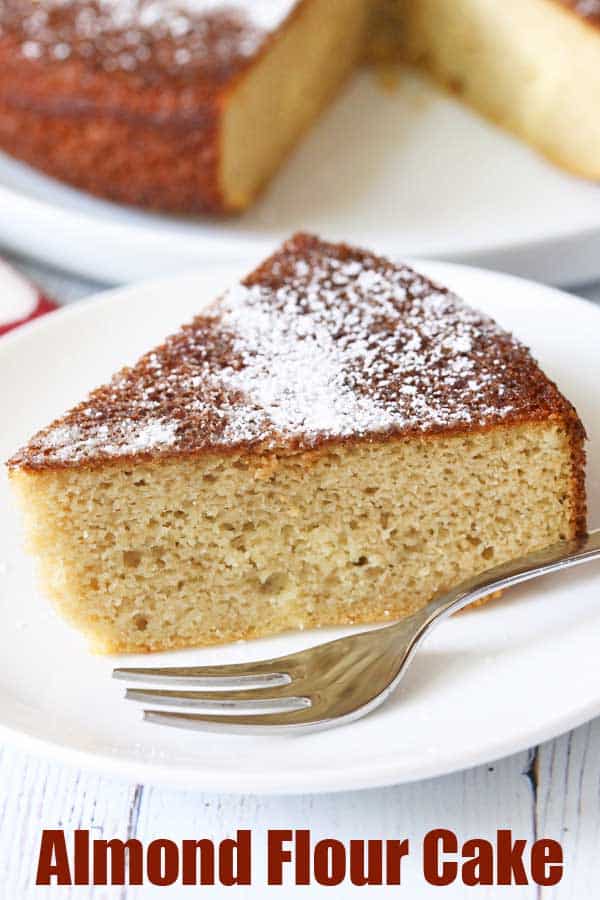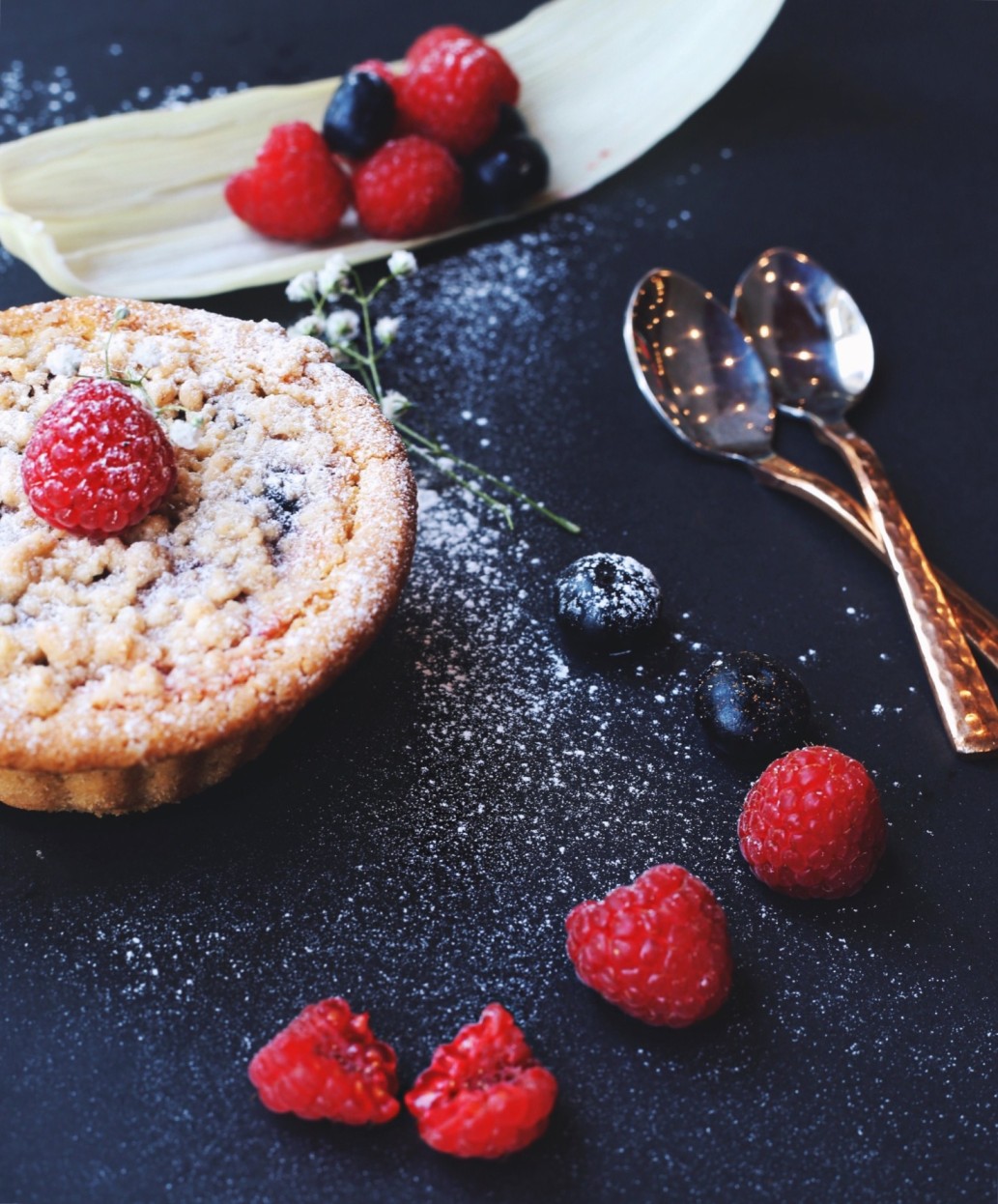
Because of this balance, it's a good middle-ground choice for any recipe, savory or sweet, such as in.įinally, we capture molasses' magic for dessert. It imparts a stronger molasses flavor without the harsh edge of straight blackstrap. This is a blend of light and blackstrap molasses. It can be broken into pieces once set, and dipped in chocolate for even more fun. It's equally delicious with a scoop of ice cream or simply paired with jam and some yogurt for breakfast.Ĭrisp and light, this candy is also known by other names, including honeycomb, angel candy, sponge toffee, and cinder toffee. This moist, tweedy loaf is descended from traditional Scottish oatmeal gingerbread. It tastes great in.Īnother unexpected use of molasses is in this quick bread. Because of this, its bitter flavor is best suited for savory preparations, such as baked beans or barbecue sauce, rather than for sweets. It's darker, more viscous, stronger-tasting, and less sweet than dark molasses. It gives gingerbread its distinctive flavor and can be used interchangeably with light molasses in baking, for those who prefer a stronger flavor.īlackstrap molasses is the result of a third boil. This thicker, darker version is often referred to as "full" or "robust" molasses.

How it's made: Dark and blackstrap molassesĭark molasses is made from the second boiling of cane syrup, after the white sugar is removed. While we usually think of molasses cookies as winter/holiday fare, these are delicious with a glass of cold lemonade - perfect for summer. A crunchy coating of coarse sugar is a nice complement to their soft interior. These moist, "bendy" molasses cookies are studded with chopped golden raisins. This frosted, spicy, fruit-studded cookie from childhood - substantial in size and deeply comforting - is worthy of a place in your lunch box and your baking routine. Light (sometimes called "fancy") molasses is ideal for baked goods and candies. The flavor is lighter and has more fruity notes to it, in the same way the first pressing of olives makes a lighter, fruitier olive oil. Light molasses is the liquid that remains after the first white sugar is extracted from cane juice. How it's made: Cane syrup, light molassesĬane syrup is the boiled syrup of crushed sugar cane.

Despite the rise of other sweeteners, when we encounter a molasses cookie, it's like meeting an old friend. It anchors the spices in barbecue sauces, brings its complexity to frostings and cakes, and is also delicious drizzled over cornbread.

Traditions have changed quite a bit since then, but molasses, with its caramel notes and slightly bitter undertone, still claims a place in our cooking. As a result, we're left with a national memory of its flavor. Refined sugars were too expensive for most households, so baking with molasses became the norm, appearing in staples like anadama and brown breads, baked beans, and gingerbread. In colonial times, it was commonly used in tandem with honey as a principle sweetener. Molasses runs through our history and the evolution of our baked goods. Come with us as we taste some of the ways it can really amp up your baking. This time, we're exploring the rich, robust flavor of molasses. Sift magazine often includes a feature called "ingredient spotlight." That's where we take one of our favorite baking ingredients and use it in a collection of recipes that really shows what it can do. Sift magazine’s holiday issue is full of festive recipes for this season’s baking.


 0 kommentar(er)
0 kommentar(er)
